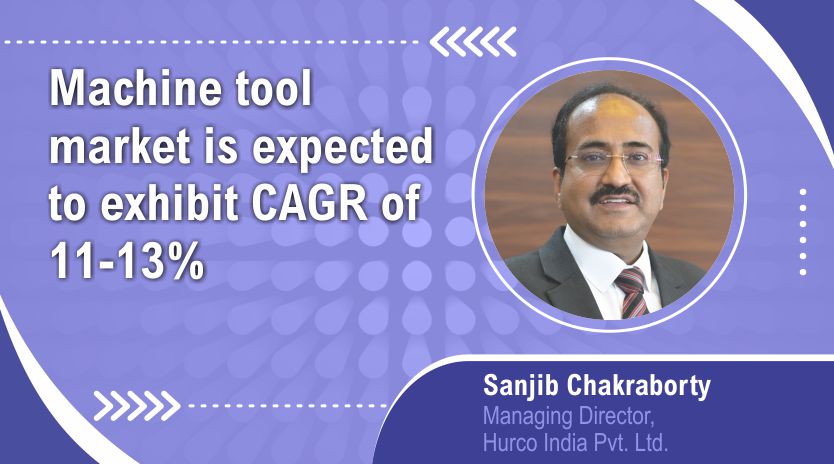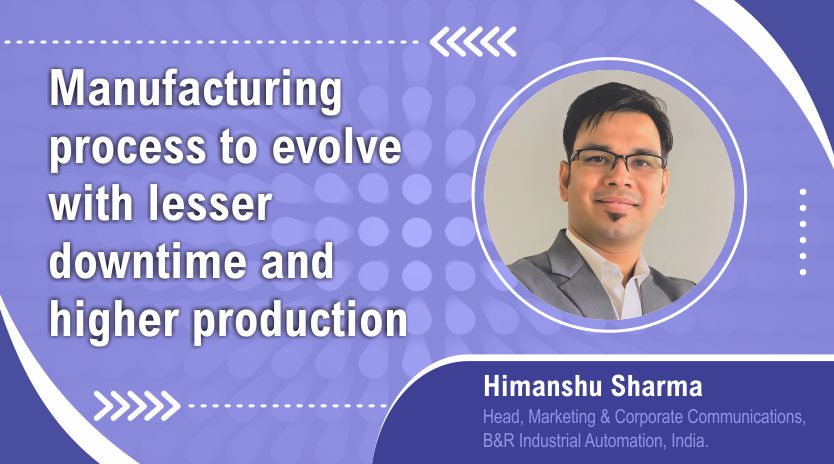BOPP is here to stay due to its sustainable and easily recyclable nature
March 31, 2020 5:46 pm
Pankaj Poddar, CEO, Cosmo Films, discusses the benefits of biaxially oriented polypropylene (BOPP) packaging films and how synthetic paper can help safeguard the environment while improving the shelf life of paper.
Kindly walk us through your journey of Cosmo Films.
Established in 1981, Cosmo Films set up their first plant in Aurangabad and introduced the country to BOPP packaging films. Starting with a very small capacity of mere 800 tonnes per annum, from 1981 to 2001, we set up 4 BOPP lines and started engineering films for a plethora of applications which include but are not limited to biscuits, bakery, cigarette wraps, etc. In 2002, we made our first acquisition of Gujarat Propack Limited, which was then a major player in BOPP Films. The acquisition made us market leaders with more than 50 percent market share in BOPP film manufacturing.
In 2004, we ventured into engineering thermal lamination films, and actually made a film on which we took a global patent, which helped the thermal lamination industry eliminate the primer on the film. We then decided to get into the thermal lamination vertical, and within five years, we became the second largest player. Post acquisition of GBC Commercial’s Print Finish Business, we became the largest player of thermal lamination films globally. In 2011 or 2012, we started to get into coatings, which is another area of value for BOPP films. This venture helped us in increasing our capacity as well. Today, we have 200 thousand tonnes of BOPP capacity. We are the largest player in thermal lamination films and we are also one of the leaders in BOPP coated films. Recently, we also got into engineering synthetic papers and it has proven to be highly successful in terms of our company’s growth.
How do you define sustainability in the packaging industry? How far is the industry adhering to the guidelines to maintain a sustainable environment?
There is a lot of noise today about plastics and their recyclability. The fact is that plastic helps minimise carbon footprint in a big way as compared to its substitutes. Moreover, BOPP can be recycled many times at very low temperatures and consumes very less power while being manufactured. While talking to several recyclers, we found that the biggest challenge is multi-layer plastic packaging, which though is recyclable, holds very little monetary value post recycling. Brands have been using multi-layers to get benefits like shelf life, barrier properties, high seal strength, etc. But now we are helping brands create easily recyclable PP based structures with all the properties and features intact.
This structure, once recycled, holds a much better commercial value (as high as ₹50/60 per kg). The challenge we faced while making PP based structures was the shrinkage of BOPP in the print layer due to higher temperatures used for sealing. To overcome this challenge, we came out with a BOPP based heat-resistant film, which could not only sustain high temperatures, but were also completely recyclable with better value realisations.
What is the technology to invest in the future? What is your take on BOPP and do you see it being one?
BOPP is one of the most easily recyclable materials. So from a sustainability perspective, it is here to stay. We have developed a host of products keeping sustainability in mind. One is synthetic paper, where we are able to replace pulp based paper which involves cutting down of trees, while improving the shelf life for the application in question. The second product, which is best suited for food packaging, are mono-material structures, i.e., structures which are either poly propylene based or a mix of PP and PE and can be easily recycled back to their raw form, i.e., make granules out of it and reuse it again in the process. Around PP, we are working on multiple areas, i.e., continuously improving the sealing strength, continuously giving better barrier properties to the films, and increasing the products’ heat resistance.
Do you think you can successfully convince people to replace paper with synthetic paper?
Synthetic paper is costlier than paper, so definitely for very basic aspects I do not think it would be able to replace conventional paper as such. But applications which require durability and longevity are the service areas for us to cater. For example, if you go to an adventure park and are given a hand tag, you are required to keep the tag intact throughout your visit. Hence, it needs to be made from a very strong paper. This is one good application for synthetic paper. Similarly, you have medical records where you don’t want the pages to become yellow over time; there are plant tags which should be able to handle extreme weathers and there are meat tags. There are so many different applications. So wherever you want something which can have a better life than normal paper, I think those are applications where people are ready to pay that little extra price. With environmental concerns becoming an important topic, the usage would only go up with time.
Since quality is a stringent requirement today especially in the packaging industry, what makes you sustain amidst the competitors?
We have one of the best quality standards and recently, one of our plants in Aurangabad bagged the second position in the CII National Excellence Award 2019 for 5S, while the other plants also received GOLD ratings in the manufacturing category. Our hygiene, housekeeping and 5S standards are far superior to not just within our industry, but lot of other industries as well. The second thing is that our quality standards are also very high. We recently measured Six Sigma levels for our quality and we are at 5.2, which is a very high standard from the quality perspective. In fact, in the near future, we are looking to get some very coveted awards on the quality side as well. Our quality lab itself is full of equipment where we can test virtually any type of property that we want to test, and we have a strong quality team of almost 80 people.
What are your R&D and expansion plans for the company?
Cosmo of late has been investing a great deal in all its pillars namely people, processes, and equipment. On the people’s side, we have a very strong and significantly experienced team; most of them are doctors and postdoctorates. We want to increase our strength by almost 30 people in the next 2-3 years. Cosmo has recently invested $1 million in its new state-of-the-art R&D facility at Waluj, Aurangabad. This new R&D facility is equipped with the latest and the most sophisticated instruments for analysis and application of products. Our R&D facility also consists of an application and printing lab for in-house testing and evaluation of new products before sampling. We have also invested in a pilot film manufacturing line from the research perspective and in a pilot master batch line so that we can learn more about it.
Our hygiene, housekeeping and 5S standards are far superior to not just within our industry, but lot of other industries as well.
Pankaj Poddar, CEO, Cosmo Films
Cookie Consent
We use cookies to personalize your experience. By continuing to visit this website you agree to our Terms & Conditions, Privacy Policy and Cookie Policy.

















 English
English Hindi
Hindi